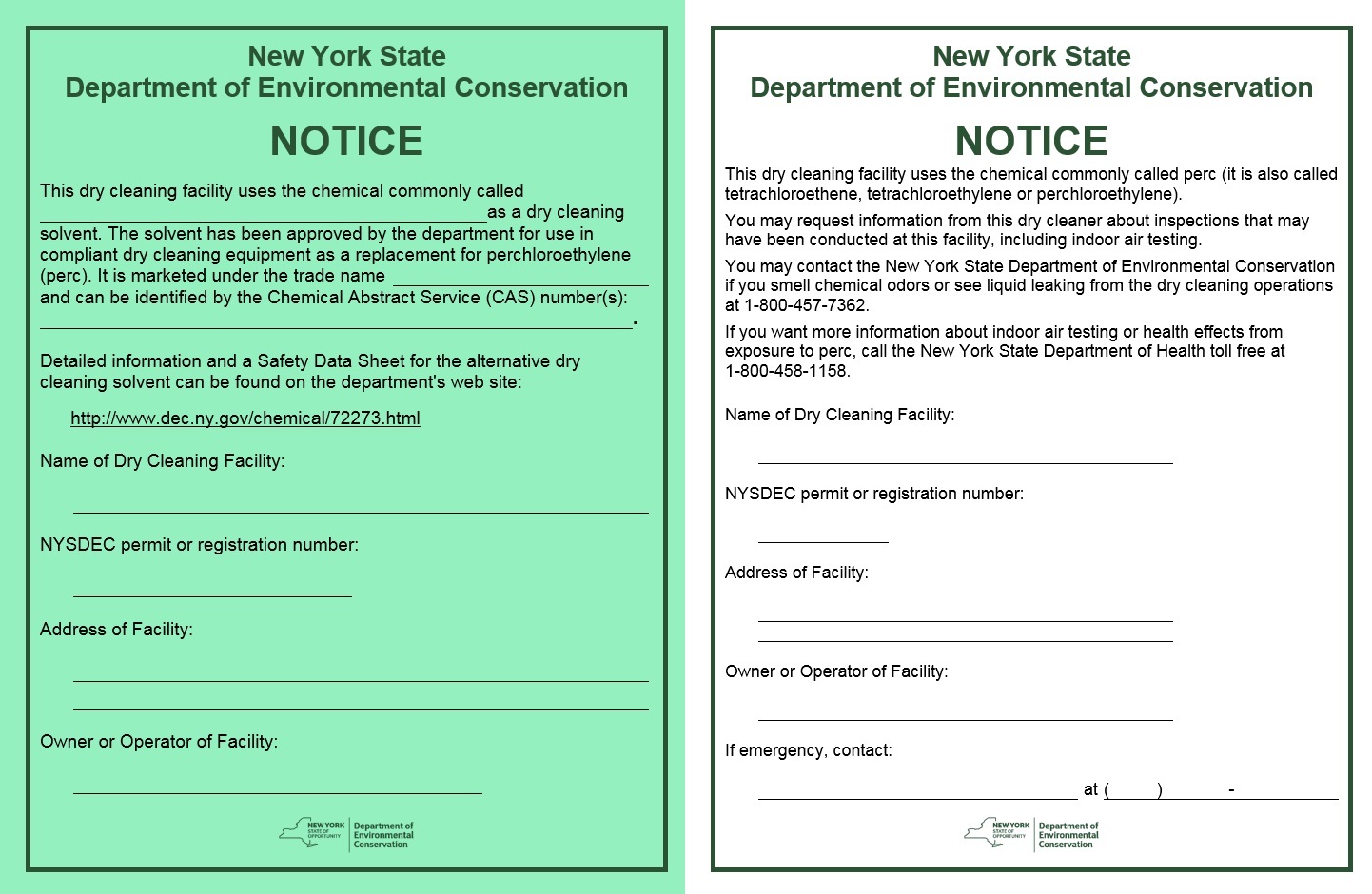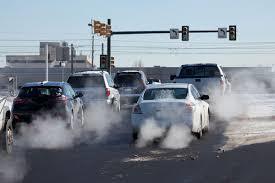Air Mail!: News About NY Air Quality - November
The New York State Department of Environmental Conservation sent this bulletin on 11/20/2018 09:22 AM EST |
| DEC Delivers - Information to keep you connected and informed from the NYS Department of Environmental Conservation |
| Share or view as a web page || Update preferences or unsubscribe |
|
Banner photo credit: CathyJo Rogers, “Snowy Mountain, Lake Pleasant, NY.” Need to Dry Clean? Think Green!Earlier this year, DEC revised its dry cleaning regulation to better inform the public and further protect the health of workers, customers and neighbors of dry cleaning businesses. Many dry cleaners use tetrachloroethene, also known as perchloroethylene or perc, as a cleaning solvent. Perc, as it is commonly called, is a chemical that easily evaporates if not used or stored properly. It can cause adverse health effects to those breathing in large amounts of the compound. Perc’s distinct sharp, sweet odor can often be smelled on freshly laundered clothing from dry cleaners that use the chemical. 
Perc was first used to clean clothing in the U.S. in the mid-1930s. By 1948, perc became the solvent of choice for most dry cleaners. The Clean Air Act Amendments of 1990 listed perc as a hazardous air pollutant and, for the first time, regulated the emissions of the chemical used in dry cleaning facilities. DEC followed suit in 1997 with the adoption of Part 232 "Perchloroethylene Dry Cleaning Facilities," which placed additional regulations on the solvent within NYS. The new Part 232 regulations, which went into effect in March 2018, requires dry cleaning businesses to post notices in their store fronts to inform customers of the cleaning solvents they use. When dropping off your dry cleaning, look for the Green Notice which informs customers that this business has chosen to use a less toxic alternative solvent instead of perc. In addition, a White Notice is required to be posted in the store fronts of dry cleaners that continue to use perc in their cleaning process.
It is important to remember that only clothing labeled as “dry clean only” needs to be dry cleaned. Check the care labels on your garments and follow the cleaning instructions as directed. If the label allows for regular washing, you can avoid all the chemical solvents used at the dry cleaners. Remember to think green when you need to dry clean, to keep our air clean and healthy to breathe. Breathe Easy this ThanksgivingAs you are making plans to celebrate Thanksgiving, remember to set a place for the environment too. Greening up your celebration will help keep our air clean long after Thanksgiving dinner is over. Plan your gathering close to home or, if that is not possible, ride share with family and friends or take public transportation to the festivities to reduce air pollution. 
Remember to avoid waste and pollution in the first place by only making enough food to feed your dinner guests. When food waste goes to the landfill, it creates methane gas that is unhealthy to breathe and is a powerful greenhouse gas. You can also turn your thermostat down several degrees for the day. With the oven on and all the guests in the house, your home will already be warm and cozy. Here are some other tips to help lower your environmental impact while celebrating Thanksgiving:
Be part of the “thanks” in Thanksgiving by reducing your environmental impact and making our world better through conservation. Winter Fuel Economy
Here are some tips to help you save fuel and money this winter, while keeping the air clean:
For more tips, check out the DEC website. Comment Periods
Upcoming Events
Stay Informed about Your Air QualityNew York's ozone season runs from April through September. DEC publishes ground-level ozone forecasts during ozone season, and particulate matter pollution forecasts year-round using a scale called the Air Quality Index (AQI). DEC sends out an air quality alert when there is a high AQI value, which indicates polluted air. Individuals with pre-existing respiratory or cardiovascular conditions, and people who exercise outdoors should take caution during an air quality alert. Find out if an Air Quality Alert is in effect by calling the toll-free Ozone Hotline: 1-800-535-1345. The AQI can be accessed in three ways:
We would like to know what you think. Please send your Air Mail! questions or comments to us at DAR.web@dec.ny.gov. |

 This Month’s Topics:
This Month’s Topics:
 Winter is coming, New York, and with it comes altered driving conditions. Colder temperatures and poor road traction
Winter is coming, New York, and with it comes altered driving conditions. Colder temperatures and poor road traction